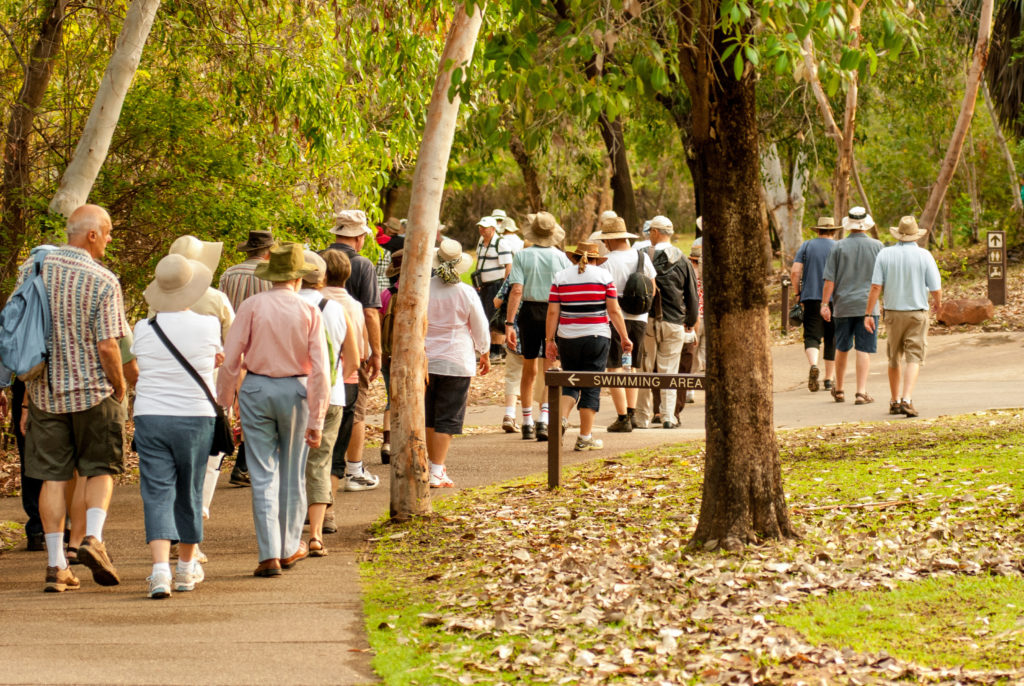November 13, 2020

The coronavirus (COVID-19) pandemic has drastically changed our way of life and cast a very long, uncertain shadow on the future. We can barely predict what next week will bring, much less the months ahead.
But one thing is for certain: The Baby Boomers are coming.
The first wave of the Baby Boom generation arrived in 2011, when people born in 1946 turned 65. By 2030, 10,000 people of this generation will reach retirement age every day. Regardless of what the pandemic brings, that’s a lot of people who will want or need a care-centered living environment.
Dire prognostications about the future of senior housing may be borne of a knee-jerk frame of mind. After all, who will care for seniors who need assistance or accommodations beyond what they themselves or their adult children can provide?
Remaining in one’s home in advanced age will simply not be an option for many of the 61 million Baby Boomers who will be among us in the next ten years.
Younger members of the Baby Boom generation foresee the need for their own future care, even as their elderly parents are currently in senior housing. As one 56-year-old woman recently remarked, “I am beyond grateful that my mom is in assisted living right now. There is no way I could properly care for her, and I wouldn’t be comfortable with the comings and goings of an at-home caregiver. This is what I’d want for myself, too.”
What’s more, senior living communities often impose less overall expense than remaining in one’s own residence. Consider these financial ramifications of aging at home, gathered from multiple sources:
- Even without a mortgage, owning a home involves many ongoing, and often unexpected, expenses; this includes taxes, insurance, utilities, groceries, homeowners’ association dues, major repairs or replacements, car and transportation expenses, remodeling for safety and mobility, entertainment, and the list goes on.
- Aging in place can cost older adults with a $150,000 home almost 90 percent of the average cost of a senior community. Add in home healthcare, and that same home easily exceeds the cost of community living. The more expensive one’s residence, the more expensive it is to remain there.
- Those in senior housing do not experience large, unforeseen costs they were not counting on; expenses are known upfront and remain stable.
- Anything over 40 hours per week of paid home care is more expensive than care in a senior community. Many caregivers are not qualified health professionals, nor is strenuous home or yard maintenance within their scope of responsibilities.
While the coronavirus has given those considering senior housing pause, in-home care presents its own set of risks to health and well-being.
According to The Washington Post, in-home care isn’t a remedy for preventing the spread of the virus, as poor hygiene practices within a home [or in a caregiver] could increase the risk of infection for an older person.
An article in U.S. News and World Report notes that in-home care lacks 24/7 access care and support as well as “that 360-degree view” of social engagement that is so vital in preventing isolation and depression.
We Can Help
Backed by 120 years of warm, compassionate care for older adults, Barclay Friends can help you navigate various senior living options for yourself or a loved one, even in these uncertain times. We are excited about the opening of our new Preston building, Barclay Friends’ new construction that will provide personal care, memory care and residential living.